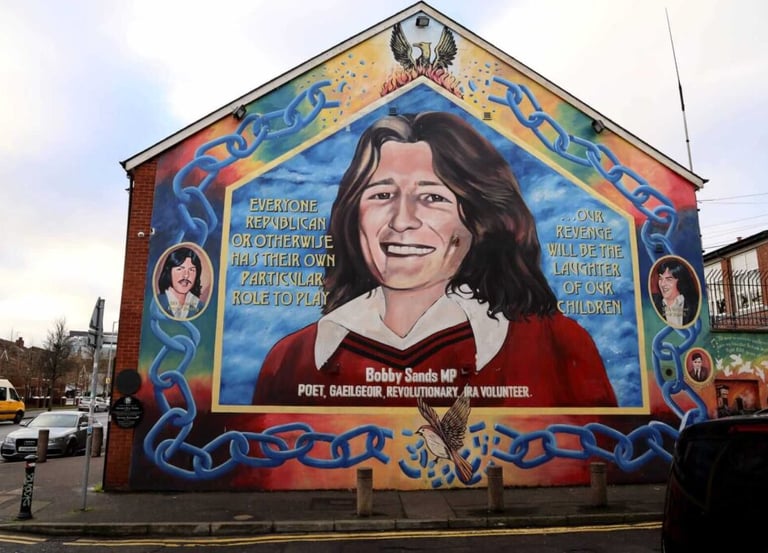FAQ's
Q. What is the Giant's Causeway
A. The Giant's Causeway, a captivating coastal formation in Northern Ireland, is renowned for its unique interlocking basalt columns, a product of ancient volcanic activity. However, its allure is deepened by the mythical tale of Finn McCool (Fionn Mac Cumhaill). Legend has it that this Irish giant constructed the causeway to confront his Scottish rival, Benandonner. The story weaves a narrative of strength and cunning, with Finn's quick-thinking wife playing a pivotal role in deterring Benandonner, adding a layer of enchanting folklore to the already spectacular natural wonder.


The Giant's Causeway Tour Northern Ireland


Views of the North Coast of Northern Ireland
Q. What were the troubles in Northern Ireland?
A. "The Troubles" refers to a period of ethno-nationalist conflict in Northern Ireland that lasted from the late 1960s to 1998. Key aspects of this conflict include:
Political and Nationalistic Divide: The core of the conflict centred on the constitutional status of Northern Ireland. Unionists/loyalists, primarily Protestant, wanted Northern Ireland to remain part of the United Kingdom. Nationalists/republicans, primarily Catholic, sought to unite Northern Ireland with the Republic of Ireland.
Sectarianism: While rooted in political and nationalistic ideologies, the conflict also had a strong sectarian dimension, with religious identities often aligning with political affiliations.
Discrimination: A key catalyst for the Troubles was the discrimination faced by the Catholic/nationalist minority in areas such as housing, employment, and political representation.
Violence: The conflict involved paramilitary groups from both sides, as well as the British Army. Violence included bombings, shootings, and other acts of terrorism.
The Good Friday Agreement: The conflict largely ended with the Good Friday Agreement in 1998, which established a power-sharing government and aimed to address the underlying political and social issues.
In essence, The Troubles were a complex and deeply rooted conflict stemming from historical, political, and social divisions within Northern Ireland.
The Peace Wall Mural Northern Ireland


Q. How long does it take to travel from Belfast to Dublin?
A. The journey from Belfast to Dublin is approximately 1 hour and 53 minutes by car.
Q. What is the most popular tour?
A. Belfast Transport and Tours' most popular tour is the Giant's Causeway and North Coast tour.


